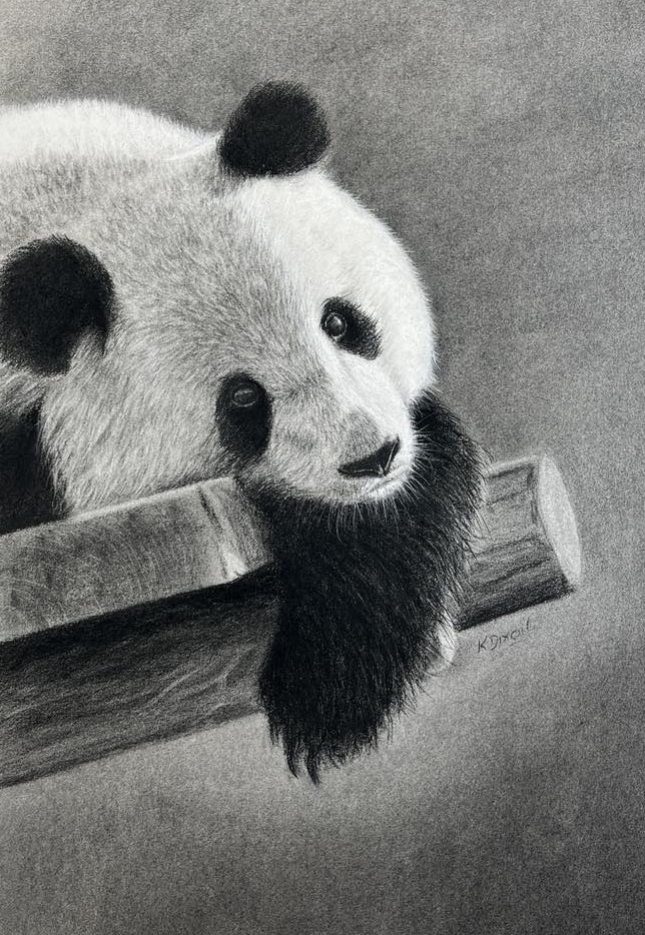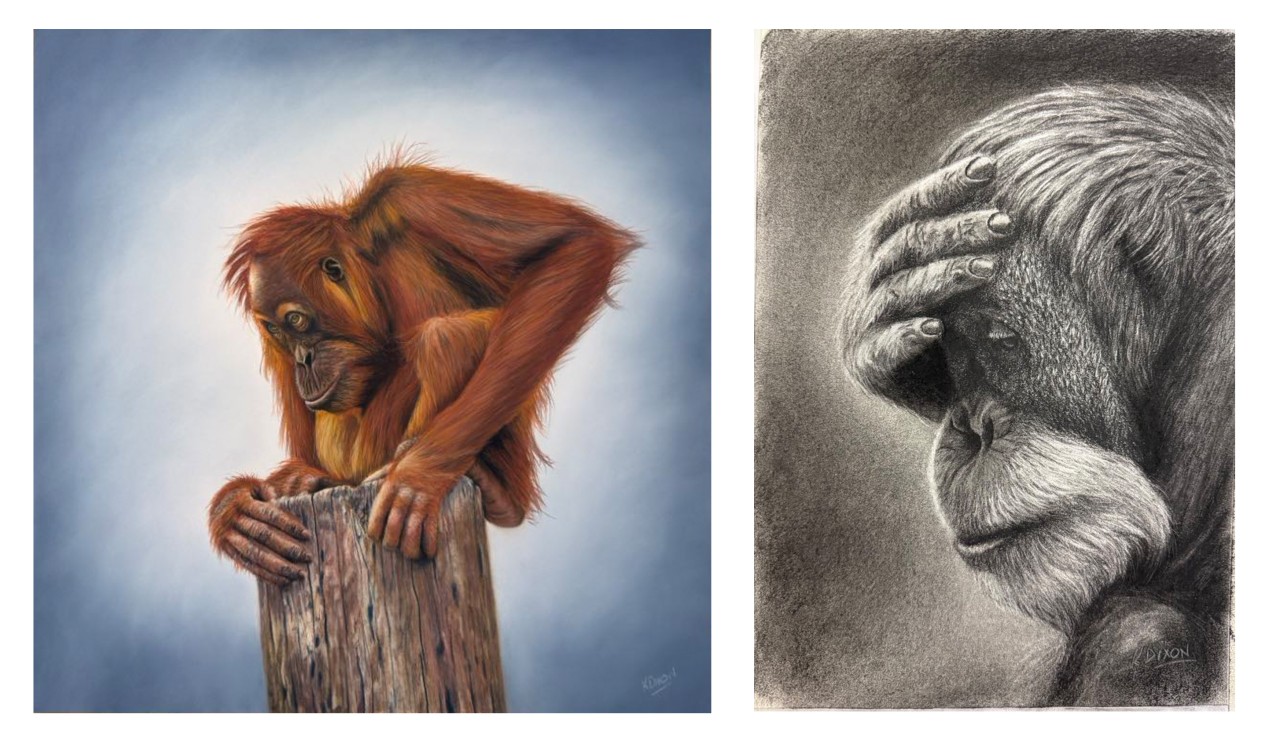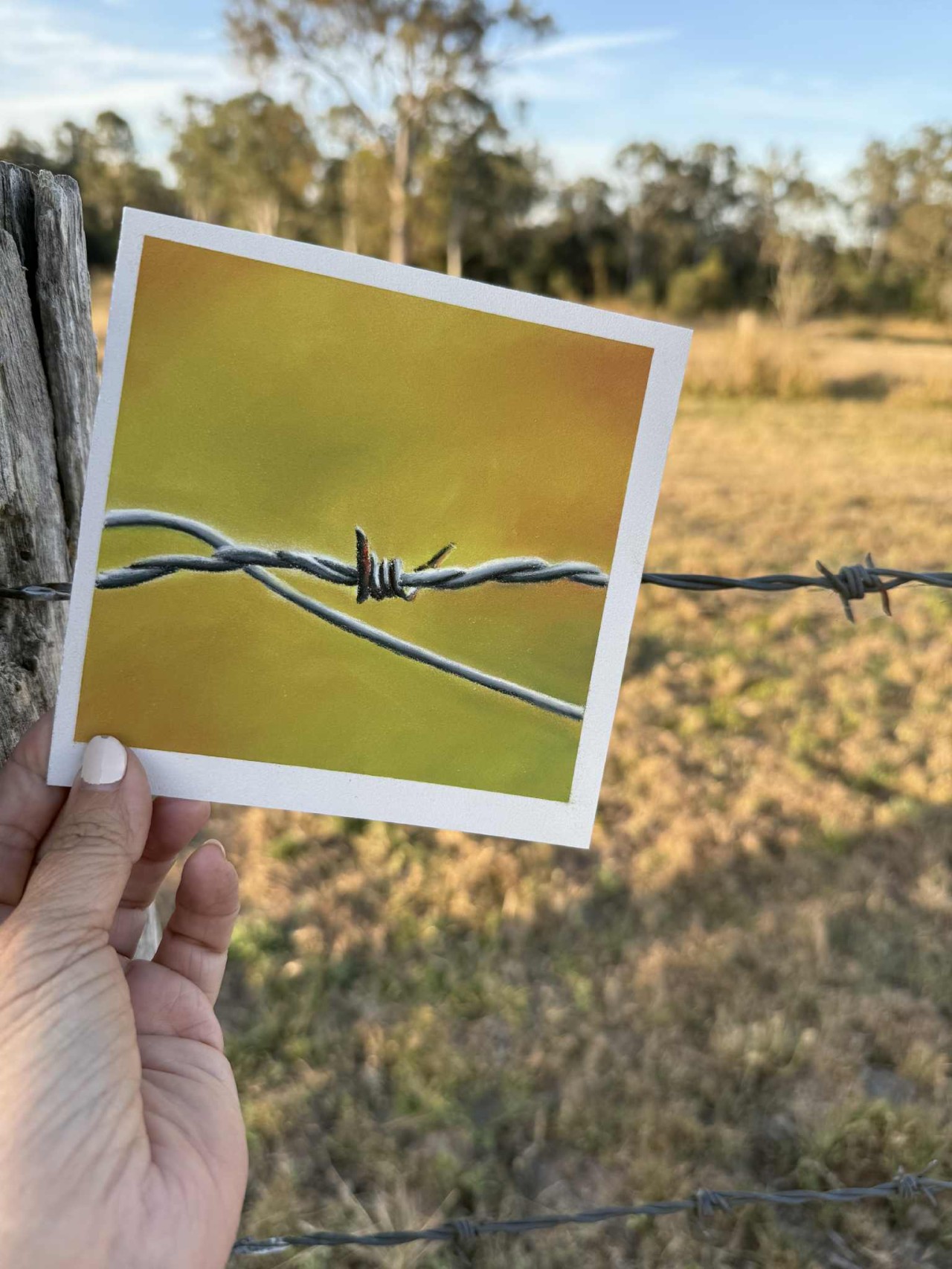How Art Supports Conservation
"Explore how wildlife art can support conservation, from donating sales to endangered species projects to creating art with purpose."
How Art Can Support Conservation
One of the most powerful things about being an artist—especially a wildlife or nature artist—is that our work can do more than just hang on walls. It can inspire change, raise awareness, and directly support conservation.
For me, conservation was one of the reasons I picked up pastels in the first place. Years ago, I began drawing Fraser Island dingoes—not just because I love them, but because I knew they were misunderstood and threatened. That led me to donate a portion of my dingo artwork sales to Save Fraser Island Dingoes. It was a win-win: they gained funding and awareness, and I connected with an audience of dingo supporters who resonated with my art.
But you don’t need to stop at donations. There are many ways art can play a role in protecting wildlife.
Ways to Use Art for Conservation

1. Direct Donations
Keep it simple—choose a species or charity close to your heart and donate a percentage of your sales. Even a small contribution makes a difference, and most charities are happy to share your work with their followers, expanding your reach.
2. Art for Awareness
Create pieces that tell a story about the species you love. Endangered animals like dingoes, cassowaries, and gliders spark curiosity—your art becomes both a visual and educational tool.
3. Print Shops with Purpose
Consider setting up a print-on-demand shop and pledging a percentage of profits to a conservation charity. Prints make your art accessible at a lower price point, which means more sales and more funds for conservation.
4. Special Campaigns or Challenges
You could run a yearly challenge—say, a drawing series in which each piece is offered in exchange for a donation. Platforms like social media make it easy to rally a community around a cause with a hashtag, like #SketchForWildlife.
5. Partner with Local or Global Charities
From grassroots groups like Save Fraser Island Dingoes to larger organizations like the David Shepherd Wildlife Foundation, charities welcome artists who can use their creative voices to advocate and fundraise.
Why Focus on Endangered Species?
While all animals deserve our love, endangered species are often in urgent need of support. By choosing to highlight them in your art, you’re contributing to their visibility—and potentially their survival.
In Australia alone, there are many threatened animals in need of attention. Artist Steve Morvell has listed species on his website that could be a starting point if you’re unsure where to focus. Highlighting local species also helps connect your audience more deeply, especially if your exhibitions or sales are in the same regions those animals inhabit.
Use your artwork to raise awareness and funds for wildlife and habitat protection. Purpose fuels practice—and makes your art easier to talk about and sell.
Why art + conservation works

-
Visibility: Art creates an emotional bridge to animals and places.
-
Story: Paintings carry context (status, threats, hope).
-
Access: Originals, prints, and merch offer many ways to support.
Proven models you can copy
(mix & match)
-
Percent-of-sales pledge
Add “We donate 10–20% to ______” on product pages/labels. -
Prints with purpose (POD/drop-ship)
Lower margin, high scalability. Great for ongoing donations. -
Direct-donation swaps
Buyer donates straight to the charity, sends receipt; you ship the art. -
In-kind for fundraisers
Donate a framed print, bundle (tote + mug + print), or a limited commission gift card. -
Annual challenge
“Sketch for Wildlife” month: 10 small works; all proceeds to one fund. -
Partner up
Tell the charity your plan; share ready-to-post images/captions so they amplify you.
Exhibition & launch ideas
-
Teach on the wall: Add a short panel: status (e.g., Endangered), range map, one fact, and your why.
-
Donation station: QR code to the charity’s donate page.
-
Merch corner: Clearly labeled with the donation %.
-
Series storytelling: Open with a paragraph about your connection to the species/place.
Money & logistics (quick hits)
-
Start with a sustainable % (10–20%). Consistency beats one-offs.
-
You can ring-fence giving to one series/prints/season.
-
Tax: Business donations to registered charities may be deductible—check local rules.
-
Vet charities: Look for clear programs, transparent reporting, mission fit.

7-step starter plan (this week)
-
Choose one focus (species/place/cause).
-
Pick the format (mini series, monthly smalls, print launch).
-
Select the mechanism (percent pledge, direct-donation, POD).
-
Contact the charity (share dates, images, copy).
-
Write your why (1–2 sentences for labels and posts).
-
Set a launch date (and 3 promo posts around it).
-
Track impact (donations total + recap post).
Inspiration & resources to explore
-
Sketch for Survival (art auction for conservation).
-
Wildlife Artist of the Year (David Shepherd Wildlife Foundation).
-
IUCN Red List (find Vulnerable/Endangered species for themes).
-
Local rescues & sanctuaries (ask what helps most: funds, awareness, merch).
Try this prompt for your social media posts.
“This piece is part of my Endangered Australia series. 20% of profits support on-the-ground conservation. Thank you for helping art protect what it celebrates.”
A Final Thought
Conservation doesn’t have to be overwhelming. As artists, we can make small, steady contributions through our creativity. Whether it’s donating a portion of sales, setting up a print shop with purpose, or using our art to tell the story of endangered species, every effort matters.
Art isn’t just decoration—it’s a voice. Pick a cause, make a plan, and let your work speak for the wild. We owe so much of our inspiration to wildlife—it feels right to give back.
✨ What animal or cause would you love to support with your art?
Kerri xx
Join the community
Want structure, projects, and support while you build your conservation series? The Creative Barn has 200+ wildlife-friendly tutorials, friendly feedback, and monthly chats. Join for a month, binge a few, cancel anytime.
Categories: : conservation, inspiration

Want to learn about Soft Pastels?
Click on the button to register and get instant access to the free Pastel Basics for Beginners workshop.
Listen as I walk you through the essentials supplies needed to get started in Pastel painting.
I teach you how to create this little barbed wire piece during the class. Everything you need is in the PDF workbook you'll receive when you register.
 Kerri Dixon
Kerri Dixon 
